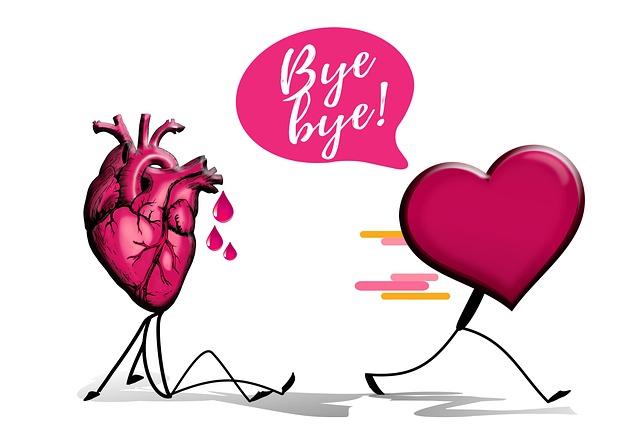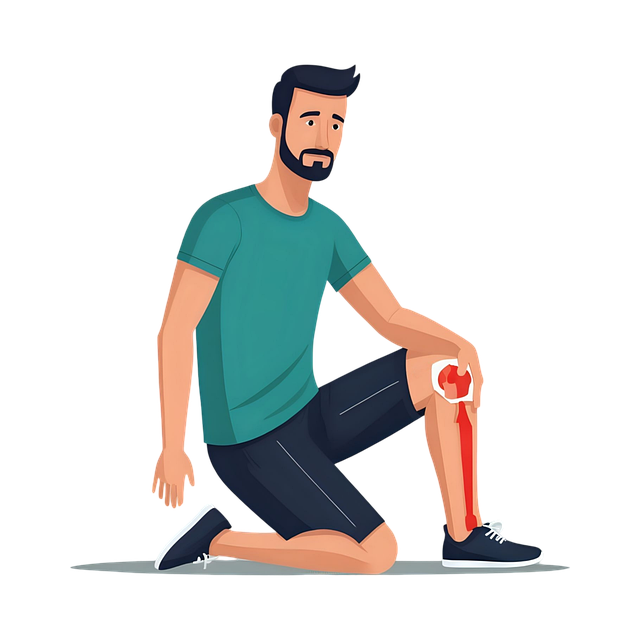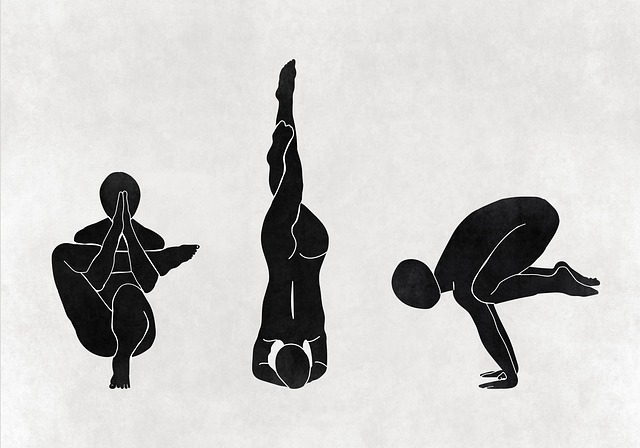Recognizing red flags like severe pain, dizziness, or nausea after chiropractic adjustments is crucial for patient safety. Chiropractors should avoid techniques causing popping sounds and sudden joint changes, and communicate risks clearly. Patients should voice concerns about aggressive treatments or ignored health conditions. Proactive communication ensures informed consent and enhances chiropractic care security.
In the realm of chiropractic care, understanding aggressive or unsafe adjustment techniques is paramount for ensuring patient safety. This article delves into critical aspects of recognizing red flags during chiropractic treatments, defining safe technique boundaries, and emphasizing when to question and report concerning practices. By understanding these key indicators, both patients and professionals can navigate chiropractic adjustments with enhanced vigilance, fostering a safer environment for all. In terms of SEO keywords, “red flags chiropractic treatment” serves as a guiding beacon throughout the content.
- Recognizing Red Flags in Chiropractic Adjustments
- Understanding Safe Technique Boundaries
- When to Question and Report Unsafe Practices
Recognizing Red Flags in Chiropractic Adjustments

Chiropractic adjustments, while typically safe and effective, can sometimes involve aggressive or unsafe techniques that pose potential risks to patients. Recognizing red flags is crucial for ensuring patient safety during chiropractic care. Some warning signs include excessive pain immediately after an adjustment, severe or persistent dizziness, nausea, or headaches, especially if these symptoms last longer than 24 hours.
Chiropractors should also avoid techniques that result in popping sounds accompanied by sudden and significant changes in joint position, as this could indicate damage to the joint structures. Additionally, patients should be cautious of practitioners who encourage aggressive adjustments without considering individual health conditions or those pushing for frequent, unnecessary treatments.
Understanding Safe Technique Boundaries

When considering chiropractic treatment, understanding the safe technique boundaries is paramount. It’s crucial to recognize red flags that may indicate aggressive or unsafe adjustment techniques. These include severe or sudden pain during or after treatment, numbness, tingling, or weakness in extremities, and headaches or dizziness. Any manipulation causing intense discomfort or triggering these symptoms should be viewed with concern.
Chiropractors must prioritize patient safety above all else. If a practitioner ignores your body’s signals or employs techniques beyond their scope of practice, it could lead to further harm. Always communicate openly with your chiropractor about your comfort level and expect clear explanations regarding the intended benefits and potential risks of any adjustment.
When to Question and Report Unsafe Practices

If you or someone you know is undergoing chiropractic treatment and encounters what could be considered red flags, it’s crucial to speak up. While chiropractic care is often a safe and effective form of alternative medicine, there are instances where aggressive or unsafe adjustment techniques may be employed, potentially leading to harm. These red flags can include intense or immediate pain after a treatment, loss of feeling or mobility, or unusual and persistent discomfort at the treatment site.
It’s essential to remember that chiropractic professionals have a responsibility to prioritize patient safety. However, should any concerning symptoms arise following an adjustment, it is imperative to question and report these practices. Patients are encouraged to be proactive in their healthcare journey, openly communicating with their chiropractor about any changes or discomfort experienced post-treatment. This dialogue can ensure the practice remains safe and effective for all parties involved.
In navigating the realm of chiropractic adjustments, it’s crucial to recognize potential red flags and understand safe technique boundaries. By being vigilant and proactive in questioning and reporting unsafe practices, we can ensure that chiropractic treatment remains a beneficial and secure form of care. Remember, recognizing these red flags is a vital step in fostering a safer and more trustworthy healthcare environment for all.














